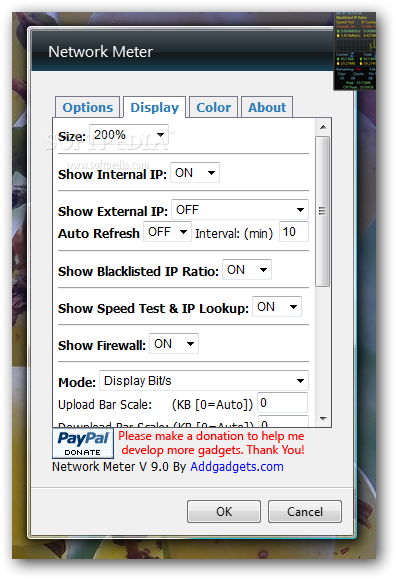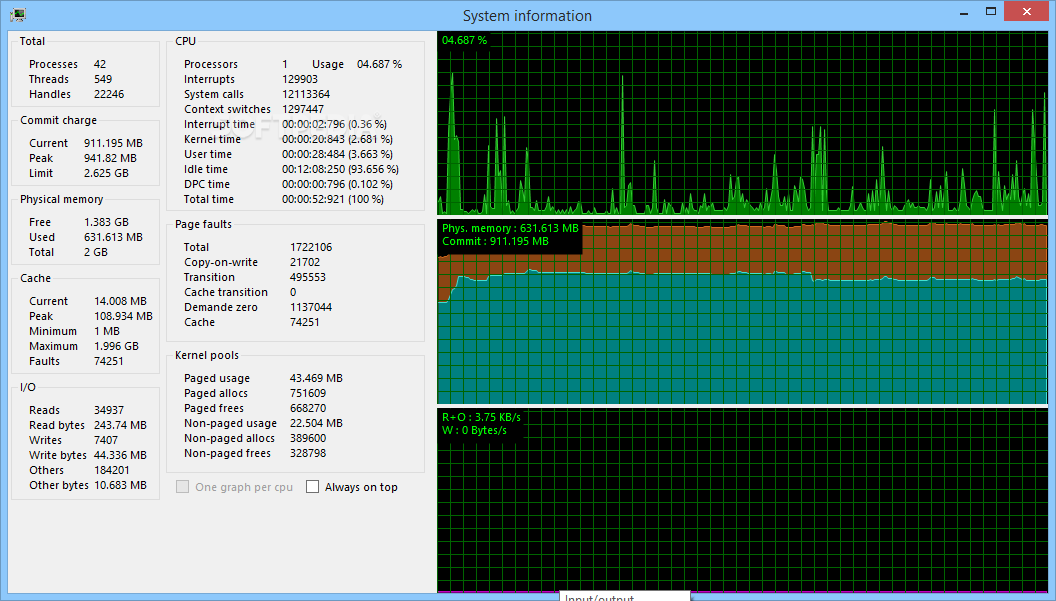

Other programs are supplied in a form unsuitable for immediate execution and therefore need an installation procedure. Some computer programs can be executed by simply copying them into a folder stored on a computer and executing them. For example, registry files and other system code may need to be modified or deleted for a complete uninstallation. Because code is generally copied/generated in multiple locations, uninstallation usually involves more than just erasing the program folder. Installation typically involves code (program) being copied/generated from the installation files to new files on the local computer for easier access by the operating system, creating necessary directories, registering environment variables, providing separate program for un-installation etc. Installation may be part of a larger software deployment process. Because the process varies for each program and each computer, programs (including operating systems) often come with an installer, a specialised program responsible for doing whatever is needed (see below) for the installation. There are different processes of installing a piece of software (program). A soft or digital copy of the piece of software (program) is needed to install it. Installation refers to the particular configuration of a software or hardware with a view to making it usable with the computer. Installation (or setup) of a computer program (including device drivers and plugins), is the act of making the program ready for execution. ( Learn how and when to remove this template message)

Please help update this article to reflect recent events or newly available information.


 0 kommentar(er)
0 kommentar(er)
